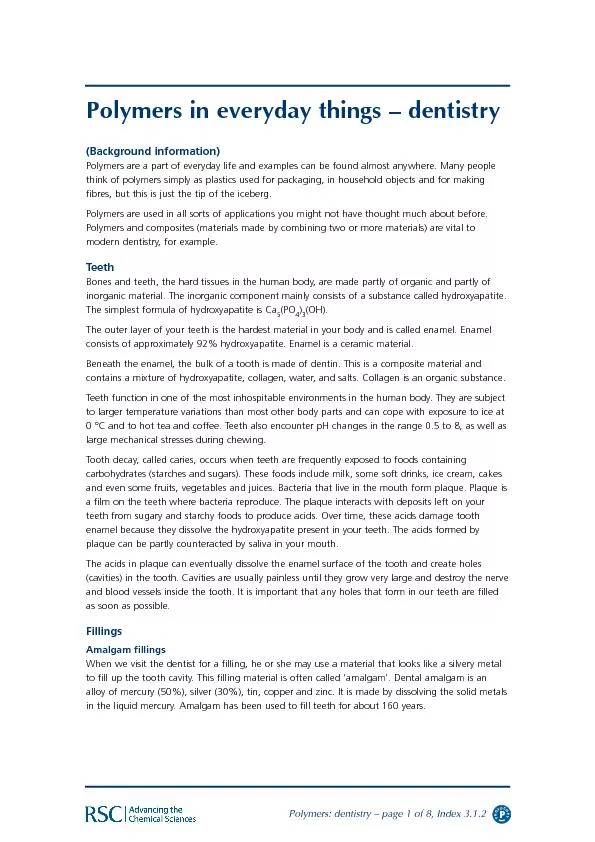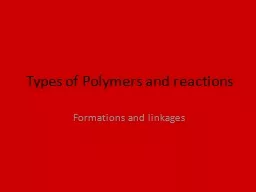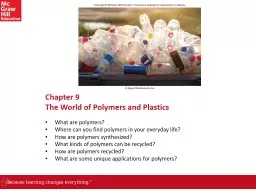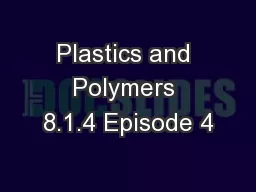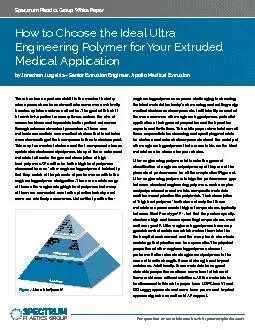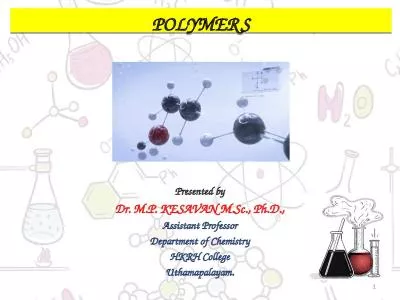PDF-(Background information)Polymers are a part of everyday life and examp
Author : celsa-spraggs | Published Date : 2016-04-14
PHOTOCOPYP AdvantagesDisadvantagesReasonably priced and cost Silver colour is no longer considered effectiveaesthetically acceptable it is thought to Strong resistant
Presentation Embed Code
Download Presentation
Download Presentation The PPT/PDF document "(Background information)Polymers are a p..." is the property of its rightful owner. Permission is granted to download and print the materials on this website for personal, non-commercial use only, and to display it on your personal computer provided you do not modify the materials and that you retain all copyright notices contained in the materials. By downloading content from our website, you accept the terms of this agreement.
(Background information)Polymers are a part of everyday life and examp: Transcript
Download Rules Of Document
"(Background information)Polymers are a part of everyday life and examp"The content belongs to its owner. You may download and print it for personal use, without modification, and keep all copyright notices. By downloading, you agree to these terms.
Related Documents

